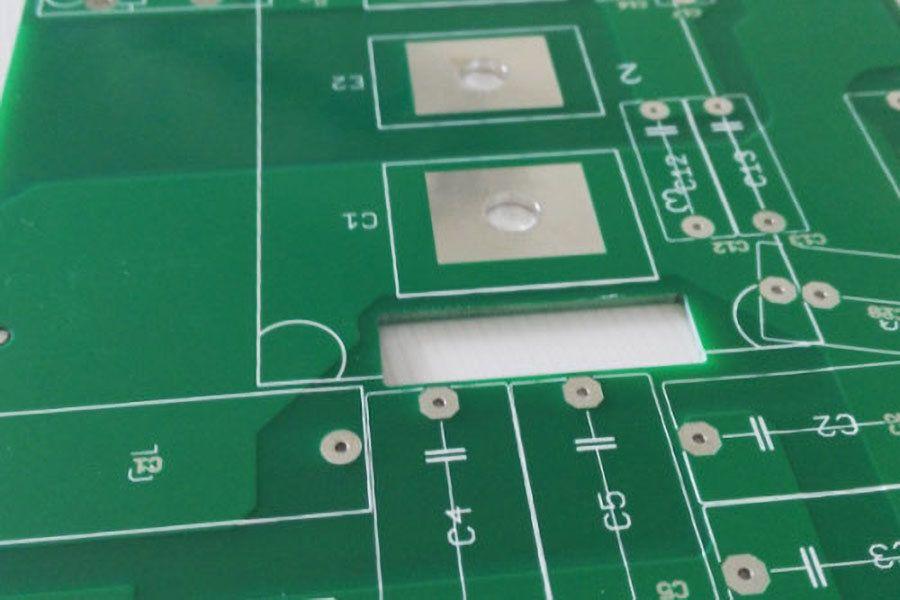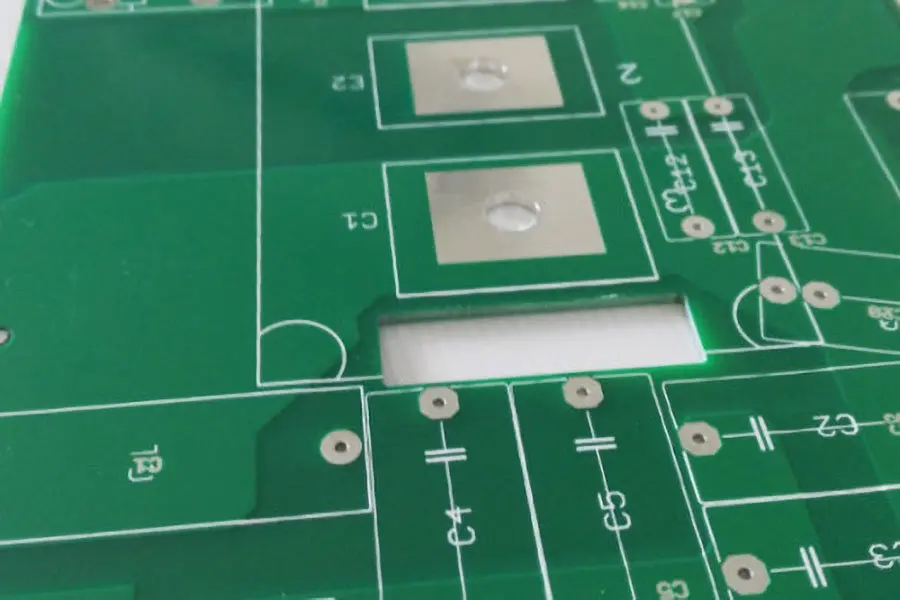
Buried thick copper PCB board
Buried Heavy copper PCB has a large number of variants, which can be used to make just about any possible combination of copper weights and technologies.
Assembly technology for thick pcb copper boards needs to be tested and figured out before you can solder the heat absorbing thick copper pcb. The thick copper pcb thickness of the copper varies between four ounces and twenty ounces of copper on the surface and possibly in the through holes. The thick copper PCB can be on almost any type of laminate from flex to FR4 through polyimide. The thick copper PCB will most likely be very heavy and thicker than a normal PCB. Your thick copper pcb assembly company will have a learning curve and will need some solder samples to experiment with.

When trying to solder twenty ounces of copper, it can be a big surprise when placing a large soldering iron on a big pad to solder it. No matter what you do, the solder won’t melt. A large adjustable lab-style hot plate works well to preheat the thick copper PCB. Monitor the thick PCB temperature with an accurate thermocouple type meter. After you have soldered the board, let it cool slowly so as not to delaminate the thick copper pcb board.
Thick copper pcb is not a new innovation, as it has been used for a long time in PCBs that can withstand the exacting requirements of military and defense applications, such as in weapons controls. Mainstream electronics makers increasingly require ways to transfer heat away from components, and thick copper pcb is becoming more prevalent in an growing number of non-military uses.
Thick copper pcb boards are fabricated using plating and etching techniques. The goal is to add copper thickness to via sidewalls and plated holes. Plated holes can weaken if a board is subjected to multiple cycles while in production, and the addition of thick copper can strengthen these holes. Thick copper pcb boards structured with thick copper will allow for high current/power and control circuits on one Heavy copper pcb board.




